Hep B surface Antigen
(Specimen Container)
SST (Tiger Top) Lithium Heparin/ Sodium Heparin/ Dipossium EDTA/ Tripossium EDTA
(Transport Temperature)
| Temperature | Period |
|---|---|
| Room temperature | 24 hours |
| Refrigerated | 6 days |
| Frozen | If testing will be delayed more than 6 days, specimens should be frozen at -20°C or colder |
The Alinity i HBsAg Qualitative II assay is a chemiluminescent microparticle immunoassay (CMIA) used for the qualitative detection of hepatitis B surface antigen (HBsAg) in human adult and pediatric serum and plasma and neonate serum on the Alinity i analyzer.
The assay may also be used to screen for HBV infection in pregnant women to identify neonates who are at risk for acquiring hepatitis B during the perinatal period. Assay results, in conjunction with other laboratory results and clinical information, may be used to provide presumptive evidence of infection with the hepatitis B virus (HBV) (state of infection or associated disease not determined) in persons with signs and symptoms of hepatitis and in persons at risk for hepatitis B infection.
The causative agent of serum hepatitis is HBV which is an enveloped DNA virus. During infection, HBV produces an excess of HBsAg, also known as Australia antigen, which can be detected in the blood of infected individuals. It is responsible for binding the virus to the liver cell and is the target structure of neutralizing antibodies. HBsAg is the first serological marker after infection with HBV, appearing 1 to 10 weeks after exposure and 2 to 8 weeks before the onset of clinical symptoms.HBsAg persists during this acute phase and clears late in the convalescence period. Failure to clear HBsAg within 6 months indicates a chronic HBsAg carrier state.
HBsAg assays are used to identify persons infected with HBV and to monitor the status of infected individuals in combination with other hepatitis B serological markers. In most countries, testing for HBsAg is part of the antenatal screening program to identify HBV infected mothers and to prevent perinatal HBV infection by subsequent immunization.
Specimens nonreactive by Alinity i HBsAg Qualitative II are considered negative for HBsAg. A reactive specimen must be retested in duplicate by Alinity i HBsAg Qualitative II to determine whether it is repeatedly reactive. Specimens found to be repeatedly reactive by the Alinity i HBsAg Qualitative II assay should be confirmed using the Alinity i HBsAg Qualitative II Confirmatory (08P11) assay, a neutralization procedure utilizing human anti-HBs. If the specimen is neutralized, the specimen is considered confirmed positive for HBsAg. It is recommended that confirmatory testing be performed before disclosing HBsAg status.
No quantitative reference range

